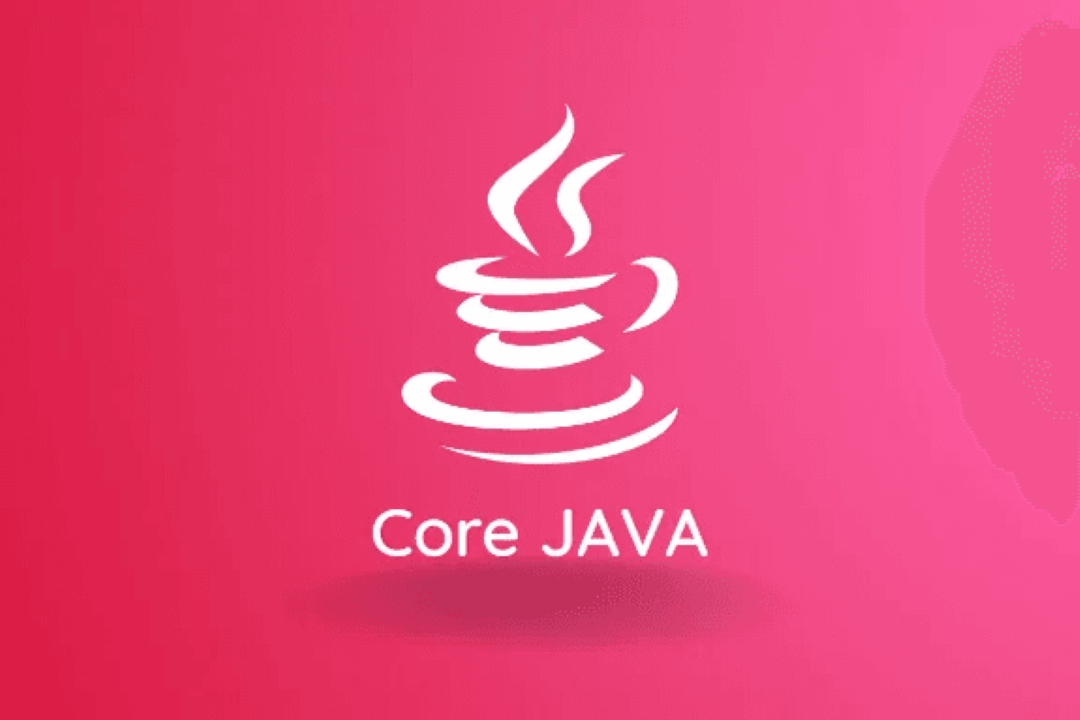Collections Java Interview Questions
collections in Java: Interview Questions
Collections Java Interview Questions
In a Java interview, questions related to collections often assess candidates' understanding of various data structures available in the Java Collection Framework, such as Lists, Sets, and Maps, as well as their knowledge of algorithms and methods to perform common operations like sorting, searching, and iterating. Interviewers may also inquire about the differences between different collection types, such as ArrayList and LinkedList, the importance of proper data structure selection based on requirements, and best practices for efficient memory usage and performance optimizations when working with collections. Being well-versed in the Java Collection Framework and its capabilities is crucial for successfully tackling collections-related interview questions.
To Download Our Brochure: https://www.justacademy.co/download-brochure-for-free
Message us for more information: +91 9987184296
1 - What are the different types of collection interfaces available in Java?
Java provides several collection interfaces, such as List, Set, Queue, Map. List maintains an ordered collection, Set ensures no duplicate elements, Queue handles the elements in FIFO manner, and Map maps unique keys to values.
2) Explain the difference between ArrayList and LinkedList in Java.
ArrayList is implemented as a resizable array, providing fast random access and is suitable for accessing elements frequently. LinkedList is implemented as a double linked list, providing fast insertions and deletions at the cost of slower random access.
3) How does the HashMap work in Java?
HashMap uses hashing to store key value pairs, allowing for quick retrieval of values based on their keys. The key objects must be unique, and the hash code of the key is used to determine the bucket where the value is stored.
4) What is the difference between HashSet and TreeSet?
HashSet stores elements in a hash table, ensuring uniqueness but does not maintain any order. TreeSet stores elements using a self balancing binary search tree, maintaining elements in sorted order. TreeSet also provides additional operations for sorted set operations.
5) How can you synchronize a collection in Java?
To synchronize a collection in Java, you can use the Collections.synchronizedCollection() method to wrap the original collection. This creates a thread safe view of the collection while maintaining the collection's original behavior.
6) What is the difference between Iterator and ListIterator in Java?
Iterator can be used to traverse collections in one direction while ListIterator is specific to List implementations and allows bidirectional traversal. ListIterator can also be used to modify the list during traversal.
7) How does the ConcurrentHashMap differ from HashMap in Java?
ConcurrentHashMap is a thread safe implementation of a hash map that allows for concurrent modifications from multiple threads without the need for external synchronization. HashMap, on the other hand, is not thread safe and can lead to issues when accessed concurrently.
8) Explain the concept of fail fast iterator in Java.
Fail fast iterators in Java detect any structural modifications made to the collection while iterating and throw a ConcurrentModificationException to prevent potential issues caused by concurrent modifications. This ensures the integrity of the collection during iteration.
9) What is the difference between a Collection and a Collections in Java?
Collection is an interface that represents a group of objects, such as List or Set, while Collections is a utility class in Java that provides static methods for manipulating collections. Collections class contains various utility methods like sorting, searching, and synchronization.
10) How can you sort elements in a List in Java?
You can sort elements in a List using the Collections.sort() method, which internally uses the natural ordering or a comparator to sort the elements. This method modifies the original List to reflect the sorted order based on the specified criteria.
Browse our course links : https://www.justacademy.co/all-courses
To Join our FREE DEMO Session: Click Here
Contact Us for more info:
- Message us on Whatsapp: +91 9987184296
- Email id: info@justacademy.co
Power Bi Developer Interview Questions
Asp Net Interview Questions For Experienced
How To Prepare For Java Interview












